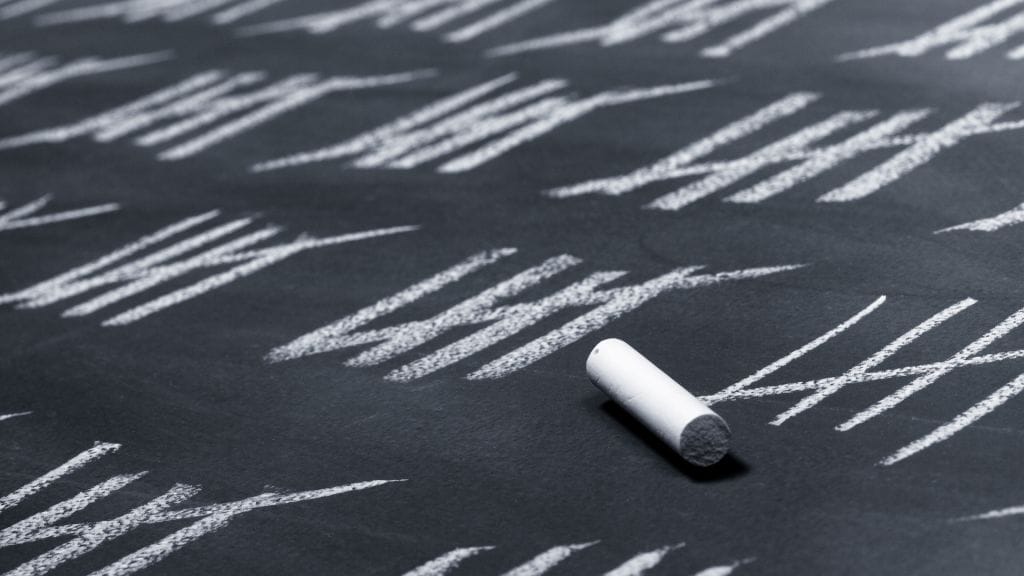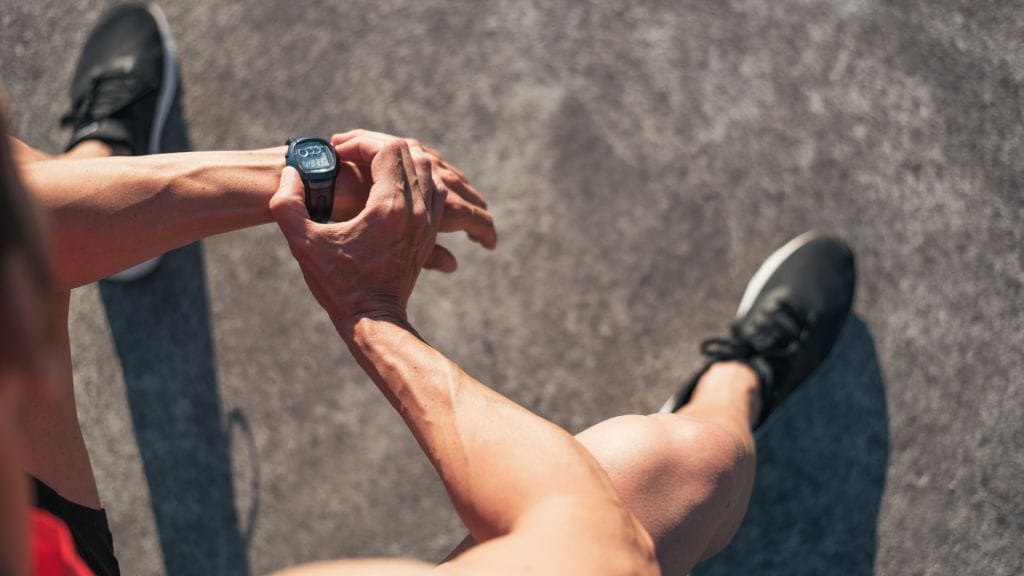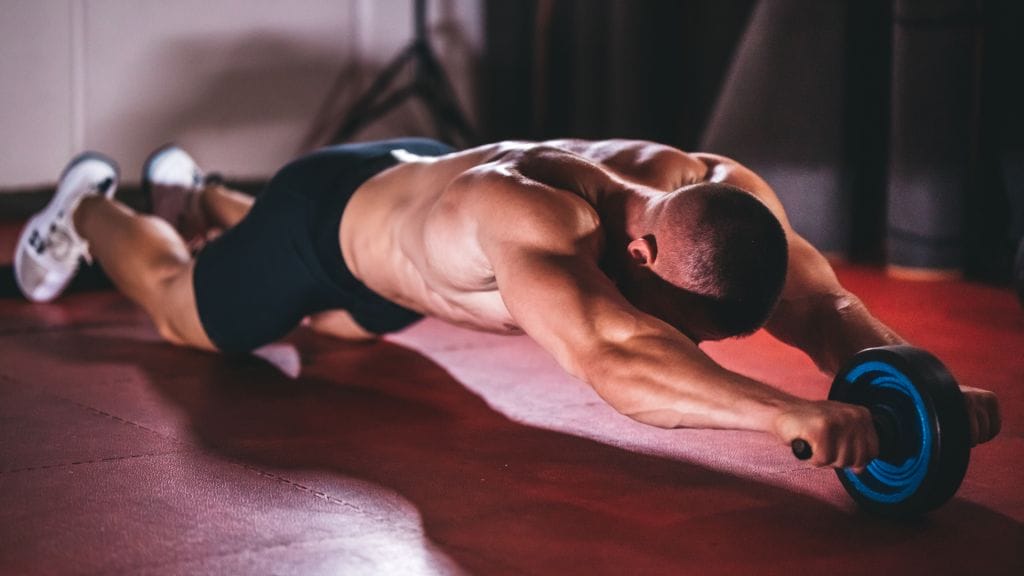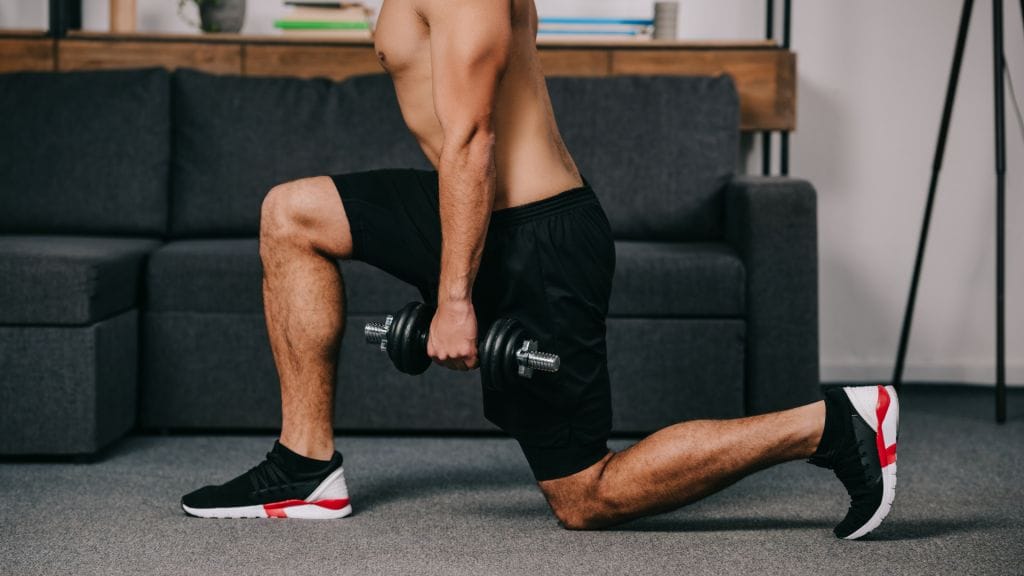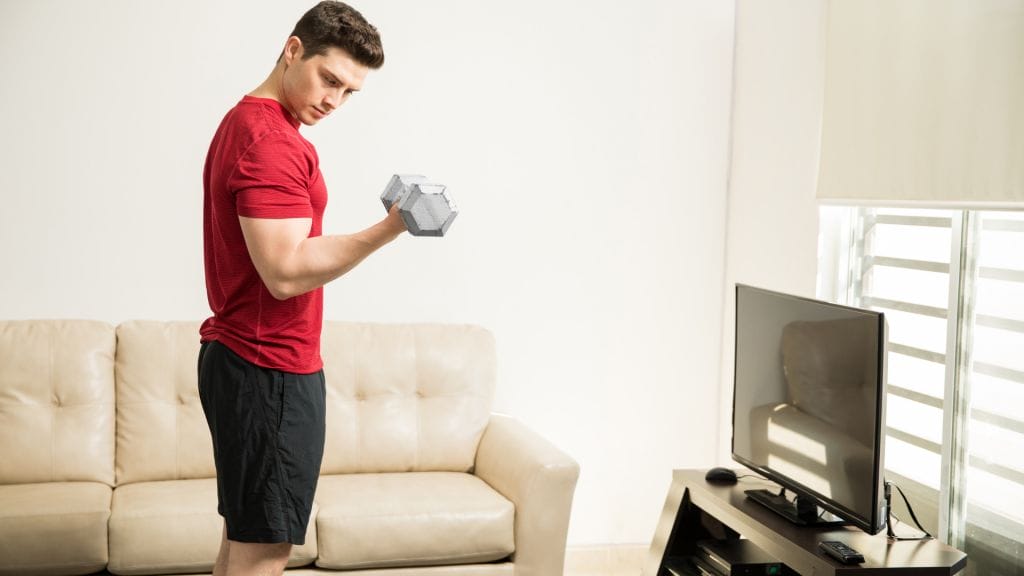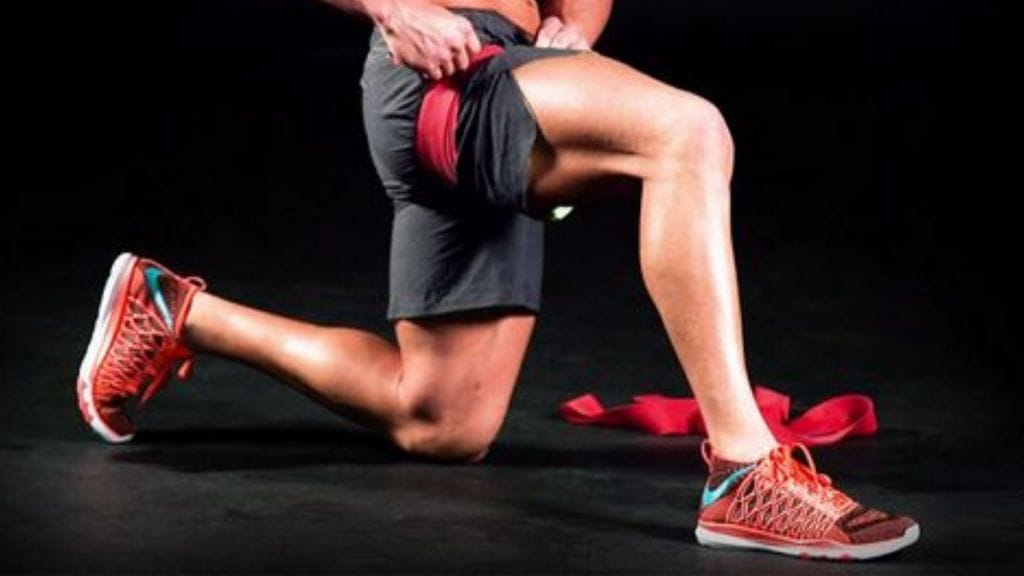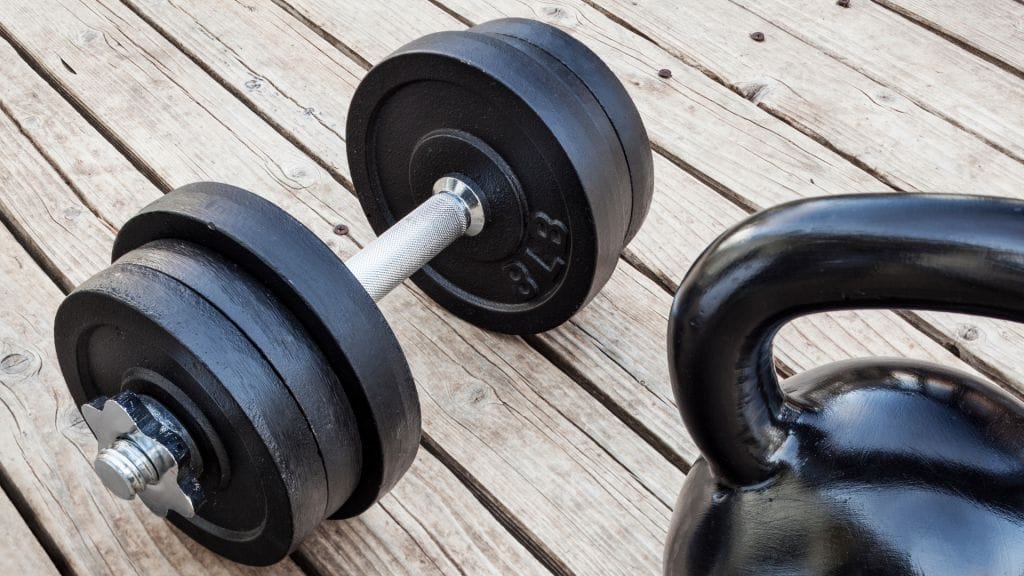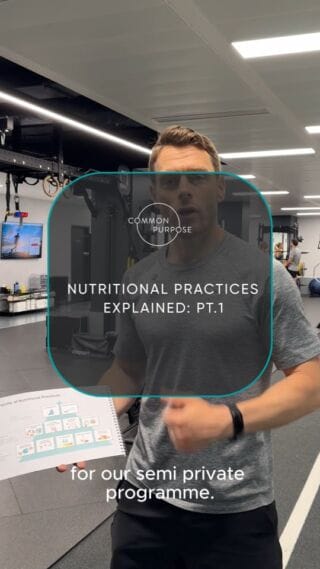Introduction
With the gyms closed, our access to exercise equipment is limited, to say the least! Progressive overload is a fundamental training principle, which is necessary to improve fitness, aesthetics, and overall health (1&2). An easy and obvious way to implement progressive overload is to increase exercise intensity (strategically lifting more weight over time). But there are many other ways to impose this stimulus, without having to constantly add weight to the bar.
Types of Progressive Overload
To gain strength and increase lean muscle mass, we need to expose our neuromuscular system to a blend of mechanical and metabolic stress (along with adequate sleep and good nutrition).
Mechanical stress is created by putting the muscles under optimal load through a full range of motion. Metabolic stress is the accumulation of metabolic by-products such as lactic acid and hydrogen ions, induced by localised blood occlusion, which occurs during weight lifting. This blood occlusion is recognised amongst lifters as (cue my best Arnold Schwarzenegger impression) “the pump”.
Although this is a drastic over-simplification, mechanical stress is achieved mainly by lifting heavy weights (>70% 1RM) for low-medium reps (1-6) and metabolic stress is achieved by lifting light/moderate weights (40-70% 1RM) for medium/high reps (6-20). Muscular endurance and work capacity require metabolic stress (3), whereas strength gains tend to favour mechanical stress (4). Muscle gains are usually best achieved by mixing the two (5).
Each of these variables is addressed in a well-structured program during the distinct phases of “accumulation” and “intensification” (6). The accumulation phase aims to induce adequate metabolic stress to improve muscular endurance, training volume, and work capacity. The intensification phase uses mechanical stress to facilitate high muscle-fibre recruitment, thereby improving strength and power.
Applying the Principles At Home
We’ve already outlined a progressive overload plan, as it pertains to strength training in the gym. But how else can we keep making gains whilst at home, without access to fancy barbells and machines? Here are 9 alternative training variables to adjust, to carry on making strength and muscle gains without the need for gym equipment.
1. Training Volume
 Tiago
Tiago